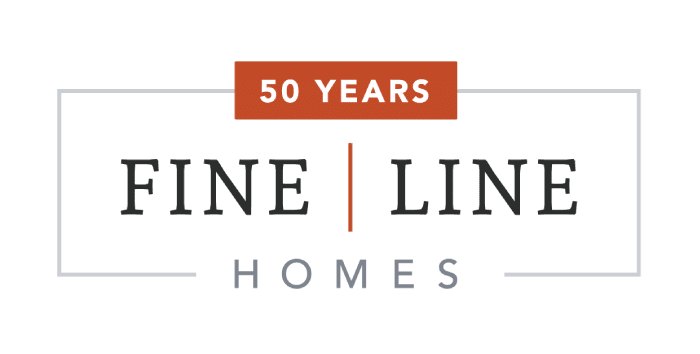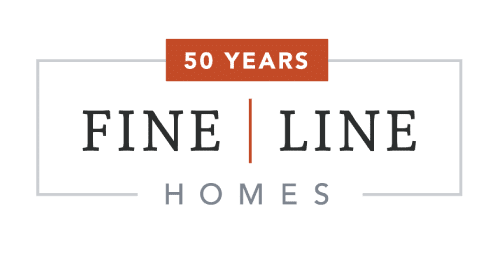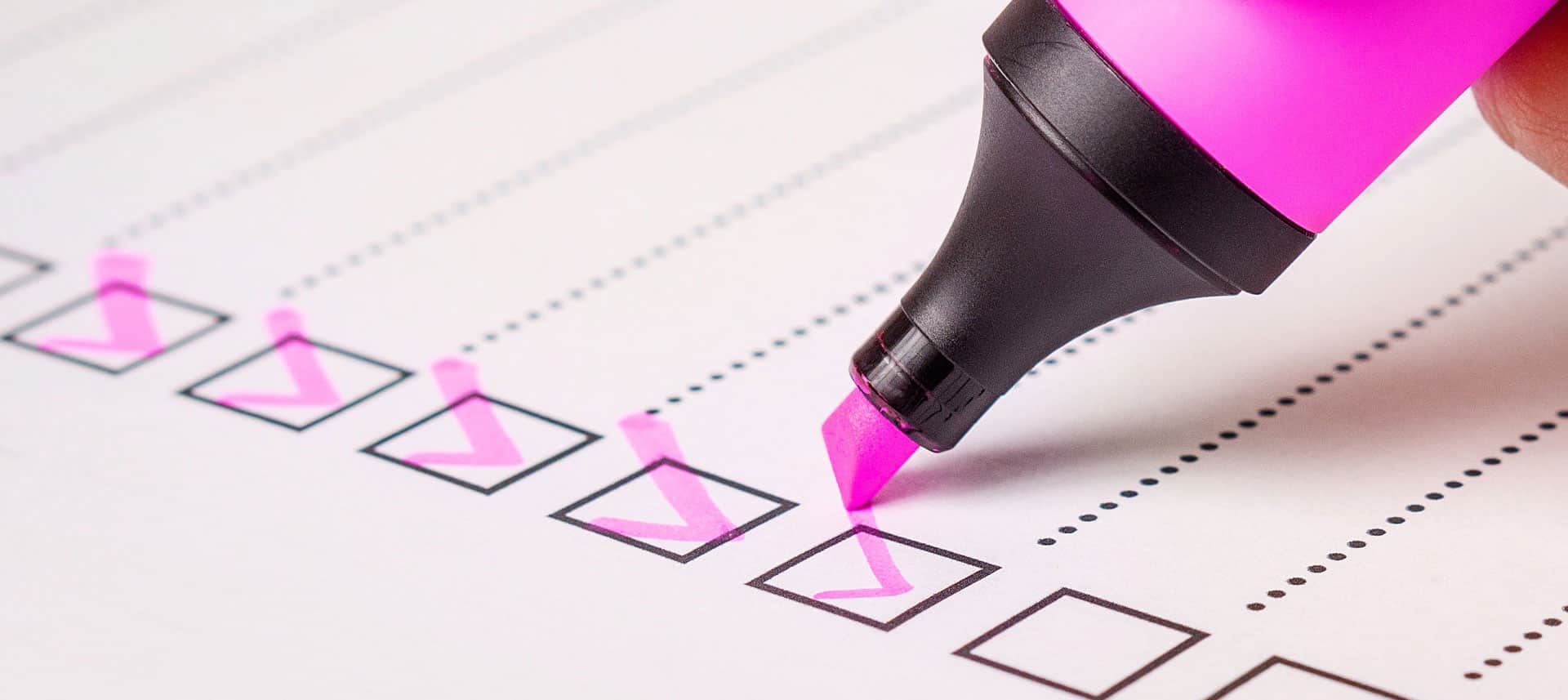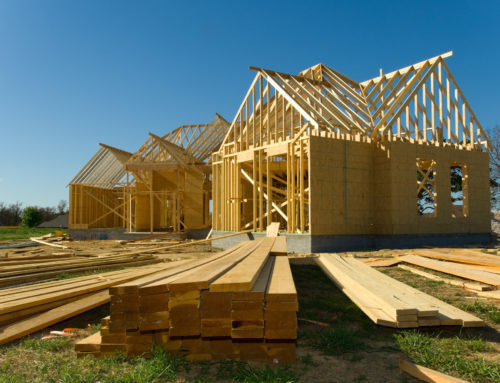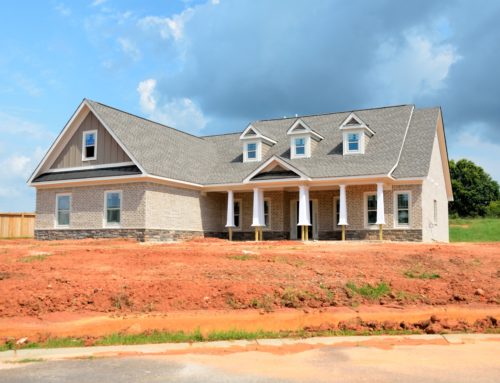G. M. Filisko is an attorney and award-winning writer. A frequent contributor to publications including Bankrate, REALTOR Magazine, and the American Bar Association Journal, she specializes in real estate, personal finance, and legal topics.
By doing your homework before you buy, you’ll feel more content about your new home.
Most potential home buyers are a smidge daunted by the fact that they’re about to agree to a hefty mortgage that they’ll be paying for the next few decades. The best way to relieve that anxiety is to be confident you’re purchasing the best home at a price you can afford with the most favorable financing. These seven steps will help you make smart decisions about your biggest purchase.
1. Decide How Much Home You Can Afford
Generally, you can afford a home priced two to three times your gross income. Remember to consider costs every homeowner must cover: property taxes, insurance, maintenance, utilities, and community association fees, if applicable, as well as costs specific to your family, such as day care if you plan to have children.
2. Develop Your Home Wish List
Be honest about which features you must have and which you’d like to have. Handicap accessibility for an aging parent or special needs child is a must. Granite countertops and stainless steel appliances are in the bonus category. Come up with your top five must-haves and top five wants to help you focus your search and make a logical, rather than emotional, choice when home shopping.
3. Select Where You Want to Live
Make a list of your top five community priorities, such as commute time, schools, and recreational facilities. Ask a REALTOR® to help you identify three to four target neighborhoods based on your priorities.
4. Start Saving
Have you saved enough money to qualify for a mortgage and cover your down payment? Ideally, you should have 20% of the purchase price set aside for a down payment, but some lenders allow as little as 5% down. A small down payment preserves your savings for emergencies.
However, the lower your down payment, the higher the loan amount you’ll need to qualify for, and if you still qualify, the higher your monthly payment. Your down payment size can also influence your interest rate and the type of loan you can get.
Finally, if your down payment is less than 20%, you’ll be required to purchase private mortgage insurance. Depending on the size of your loan, PMI can add hundreds to your monthly payment. Check with your state and local government for mortgage and down payment assistance programs for first-time buyers.
5. Ask About All the Costs Before You Sign
A down payment is just one home buying cost. A REALTOR® can tell you what other costs buyers commonly pay in your area — including home inspections, attorneys’ fees, and transfer fees of 2% to 7% of the home price. Tally up the extras you’ll also want to buy after you move-in, such as window coverings and patio furniture for your new yard.
6. Get Your Credit in Order
A credit report details your borrowing history, including any late payments and bad debts, and typically includes a credit score. Lenders lean heavily on your credit report and credit score in determining whether, how much, and at what interest rate to lend for a home. The minimum credit score you can have to qualify for a loan depends on many factors, including the size of your down payment. Talk to a REALTOR® or lender about your particular circumstance.
You’re entitled to free copies of your credit reports annually from the major credit bureaus: Equifax, Experian, and TransUnion. Order and then pore over them to ensure the information is accurate, and try to correct any errors before you buy. If your credit score isn’t up to snuff, the easiest ways to improve it are to pay every bill on time and pay down high credit card debt.
7. Get Prequalified
Meet with a lender to get a prequalification letter that says how much house you’re qualified to buy. Start gathering the paperwork your lender says it needs. Most want to see W-2 forms verifying your employment and income, copies of pay stubs, and two to four months of banking statements.
If you’re self-employed, you’ll need your current profit and loss statement, a current balance sheet, and personal and business income tax returns for the previous two years.
Consider your financing options. The longer the loan, the smaller your monthly payment. Fixed-rate mortgages offer payment certainty; an adjustable-rate mortgage (ARM) offers a lower monthly payment. However, an adjustable-rate mortgage may adjust dramatically. Be sure to calculate your affordability at both the lowest and highest possible ARM rate.
Visit HouseLogic.com for more articles like this. Reprinted from HouseLogic.com with permission of the NATIONAL ASSOCIATION OF REALTORS®.

